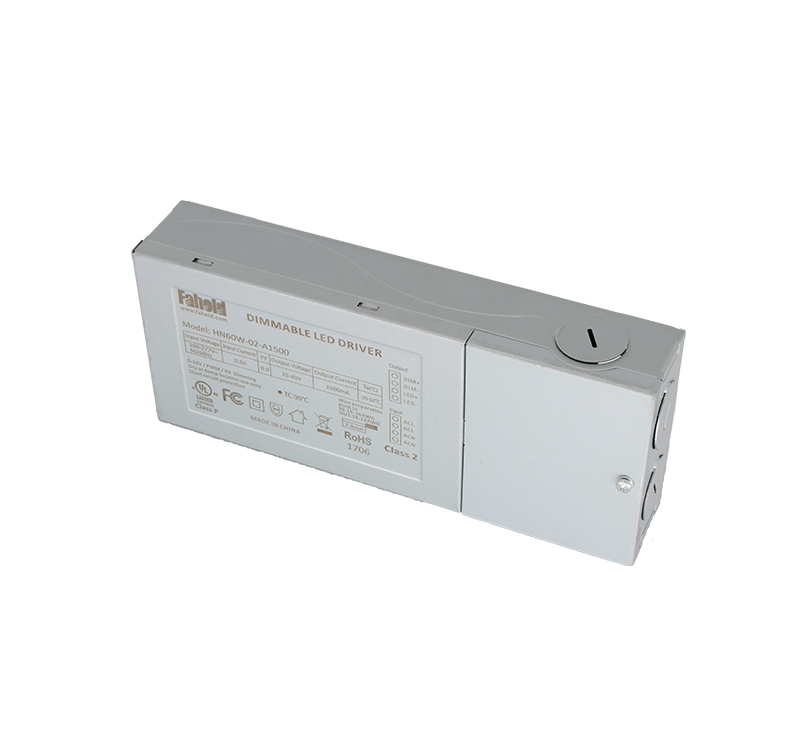As robotics continues to improve and evolve, more and more companies are beginning to source and use robots . How do you know which type of robot to choose? How to avoid the misunderstandings that we may not understand, even those that have been successful in application and not suitable for ourselves? Robot investments typically range from tens of thousands to millions of dollars, and it's important to make the right choices at the first time and avoid common mistakes, as errors can lead to unnecessary expenses or delays in tasks. To help engineers and designers avoid the most serious mistakes, the article lists the top ten pitfalls that robotic applications avoid.
Misunderstanding 1: Underestimating the payload and inertia
The first mistake in the application of robot users is to underestimate the payload and inertia requirements. Usually it is mostly caused by the weight of the tool installed at the end of the robot arm when calculating the load. The second reason for this error is to underestimate or completely ignore the inertial forces generated by the eccentric load. The inertial force may cause overload of the robot shaft. In SCARA robots, overloading of the rotating shaft is very common. Failure to correct this problem can also cause damage to the robot. This can be compensated for by reducing the load or reducing the speed parameter. However, reducing speed will increase unnecessary cycle time - the cycle of reducing the return on investment is the top priority in purchasing robots. This is why load-related factors are very important from the start.

Yu Renpoli: The payload is very important. Some information given by the general technical parameters of the robot has a detailed description. The rated load is valid at the rated speed. One of the important conditions for achieving the maximum load is to divide. Low robot running speed, and excessive load may also damage the accuracy of the robot.
High PFC Junction Box Led Driver(UL Cert.)
A High PFC and rugged Iron enclosure that complies with electrical codes requiring junction boxes to separate household and low voltage wiring.
With the increasing demands for safety levels, and then the North American market does not allow the wiring to be exposed, so the production of Junction box Led Driver.High security level, with short circuit protection, but also do dimming and non-Dimming Led Driver.
Features & Benefits
- UL Listed
- Powder-coated iron
- High PFC
- Lightweight
Details
The HN-Junction Box is a high PFC, rugged iron enclosure designed for use with our Constant Current Drivers. This junction box is a NEMA 1 rated indoor enclosure made of lightweight but strong iron with a protective black powder-coated finish. Designed for contractor installation, this junction box is ULListed and features separation for low-voltage and high-voltage wiring in an electrical enclosure. It features four 0.20 inch mounting holes for surface mounting and is designed with mounting hole positions to hold compatible power supplies securely.The HN-Junction Box is for use with the following Constant Current Drivers only:
- 1) 100-347Vac 25-42Vdc 1300mA
- 2) 100-347Vac 25-42Vdc 1100mA
- 3) 100-277Vac 25-40Vdc 1500mA
- 4) 100-277Vac 25-40Vdc 2000mA
Product Specs
Output voltage:25-40V
Output wattage: 45W
Dimensions:188x86x33 mm
Efficiency:88%
Encironment/IP Rating: indoor/IP20
Max. Input voltage:277V
Dimming way: 0-10V/PWM/RX
Certificate: UL, FCC, Class P

Junction Box Led Driver
Ul Standard Led Driver,Led Panel Light Junction Box,Led Panel Light Driver
ShenZhen Fahold Electronic Limited , https://www.fahold.com